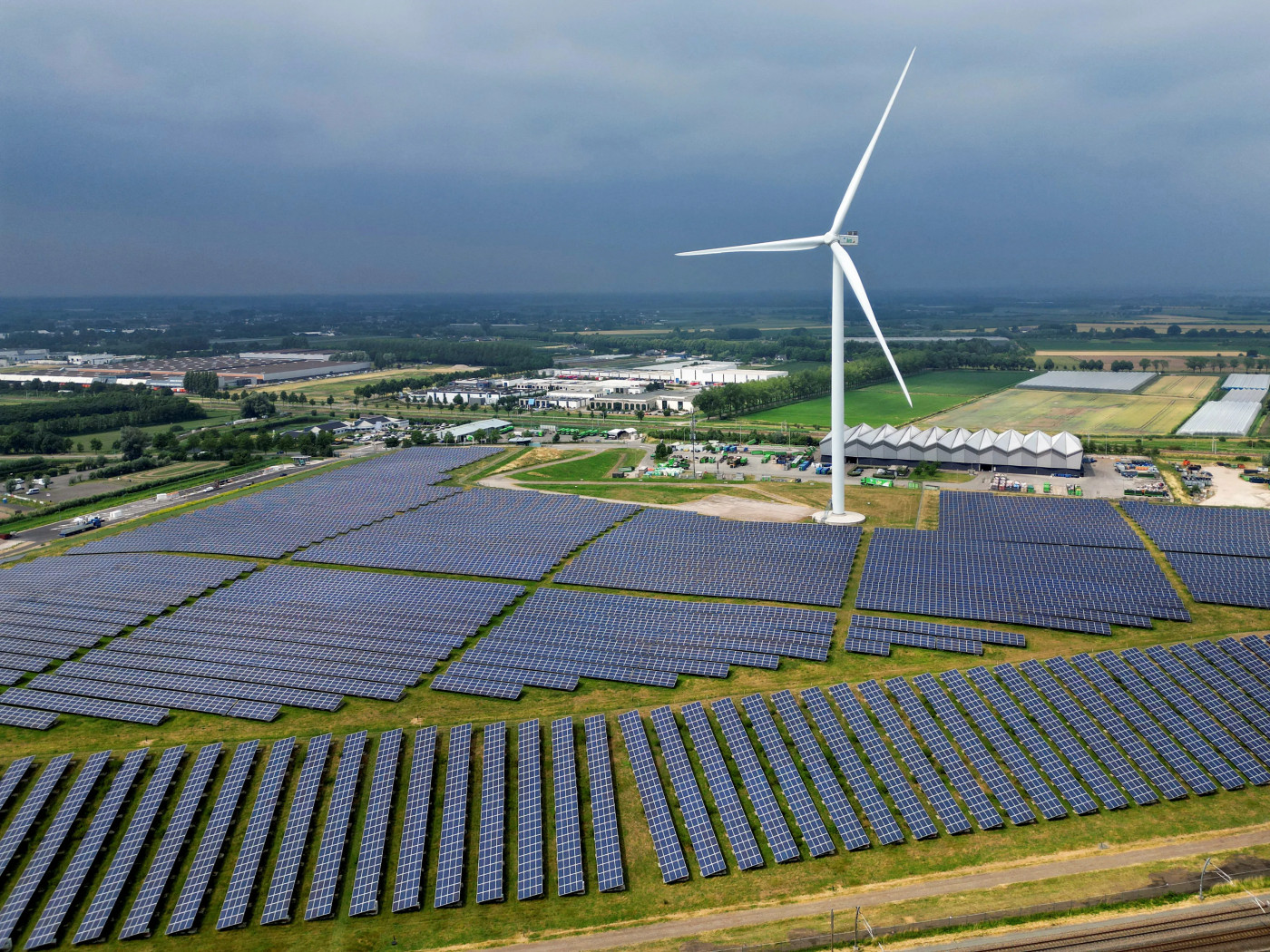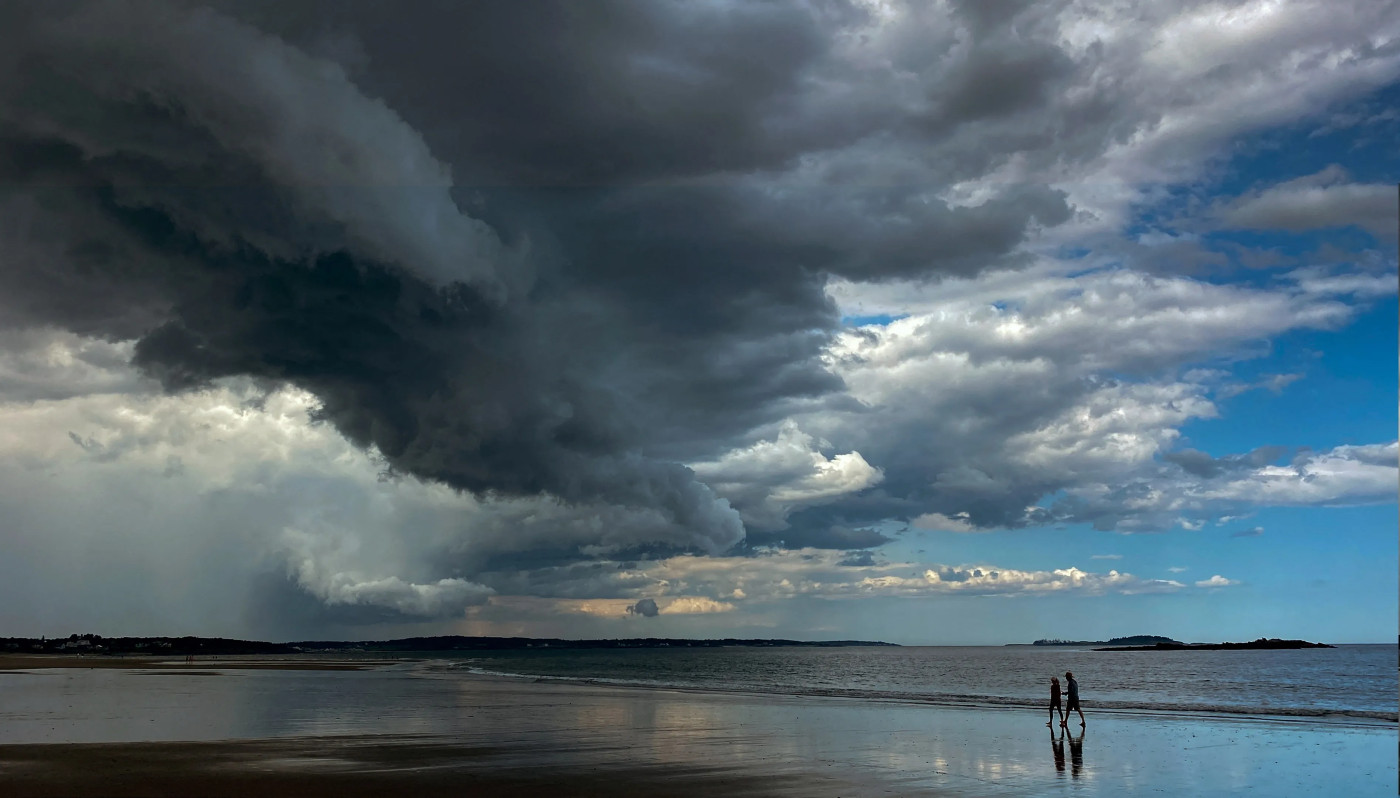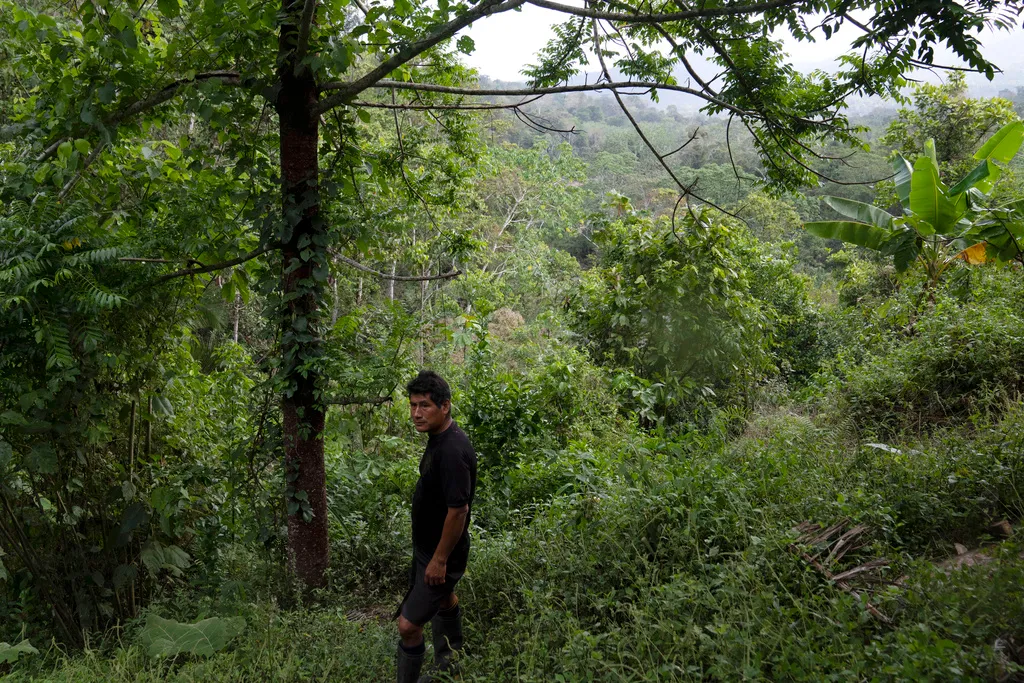Antarctic sea ice hits ‘record-smashing’ low coverage area, new data show
Sea ice that covers the ocean around Antarctica hit a record low surface area in the winter, a preliminary analysis of US satellite data shows, and scientists fear the impact of climate change is increasing at the southern pole.
As the southern hemisphere transitions into spring, Antarctic sea ice had reached only a maximum size of 16.96 million sq km (6.55 million sq miles) by September 10, the US space agency, NASA, and the National Snow and Ice Data Center (NSIDC) said on Monday.
“This is the lowest sea ice maximum in the 1979 to 2023 sea ice record by a wide margin,” said the NSIDC, a government-supported programme at the University of Colorado at Boulder.
At one point this year, sea ice had dropped to 1.03 million sq km (more than 397,000 sq miles), smaller than the previous record low and an area roughly the size of Texas and California combined.
“It’s a record-smashing sea ice low in the Antarctic,” NSIDC scientist Walt Meier said in comments published by NASA.
On September 10, Antarctic sea ice likely reached its annual maximum extent of 16.96 million square kilometers (6.55 million square miles). This the lowest sea ice maximum in the 1979 to 2023 sea ice record by a wide margin. https://t.co/y7LJie6xff pic.twitter.com/XQ7LwWAzaG
— National Snow and Ice Data Center (@NSIDC) September 25, 2023
In February, at the height of the austral summer, the Antarctic sea ice pack had reached a minimum extent of 1.79 million sq km (more than 691,000 sq miles), also a record, according to the NSIDC.
The ice pack then grew back at an unusually slow pace despite the onset of winter.
Meier said the growth in sea ice appeared “low around nearly the whole continent as opposed to any one region”.
While the Arctic has been hit hard by climate change over the past decade with sea ice rapidly deteriorating as the northern region warms four times faster than the global average, it has been less certain how warming temperatures are impacting sea ice near the South Pole.
2023 sea ice update🧊
Arctic sea ice reached its yearly minimum on Sept. 19, making it the 6th lowest year in the satellite record, @NASA & @NSIDC report. Antarctic sea ice reached its lowest max on record on Sept. 10, when ice should be growing quickly. https://t.co/1M8apVYRwb pic.twitter.com/FO5931UA49
— NASA Earth (@NASAEarth) September 25, 2023
For several decades, the Antarctic sea ice pack had remained stable, even expanding slightly from 2007 to 2016.
But “since August 2016, the Antarctic sea ice extent trend took a sharp downturn across nearly all months,” the NSIDC said.
The shift in recent years towards record-low conditions around the South Pole has scientists concerned climate change may finally be presenting itself in Antarctic sea ice.
There is debate among scientists over the exact cause of the shift, and some are reluctant to establish a formal link with global warming. Climate models have struggled in the past to predict changes in the Antarctic ice pack.
The downward trend is “now thought to be linked to warming in the uppermost ocean layer”, the NSIDC said.
“There is some concern that this may be the beginning of a long-term trend of decline for Antarctic sea ice since oceans are warming globally,” it said.
The NSIDC cautioned on Monday that the findings are preliminary because “changing winds or late-season growth could still increase the Antarctic ice extent”. A full analysis of the data will be released in early October.
At the other end of the globe, where summer is drawing to a close, Arctic sea ice reached a low of 4.23 million sq km (1.6 million sq miles), the NSIDC said. It represents the sixth lowest minimum in 45 years of recordkeeping.
Meier also said there were notably low levels of ice in the Northwest Passage, the sea route through the Arctic Ocean that links the Atlantic and Pacific oceans.
“It is more open there than it used to be,” Meier said.
“There also seems to be a lot more loose, lower concentration ice – even toward the North Pole – and areas that used to be pretty compact, solid sheets of ice through the summer. That’s been happening more frequently in recent years,” he said.
Disclaimer: The copyright of this article belongs to the original author. Reposting this article is solely for the purpose of information dissemination and does not constitute any investment advice. If there is any infringement, please contact us immediately. We will make corrections or deletions as necessary. Thank you.





